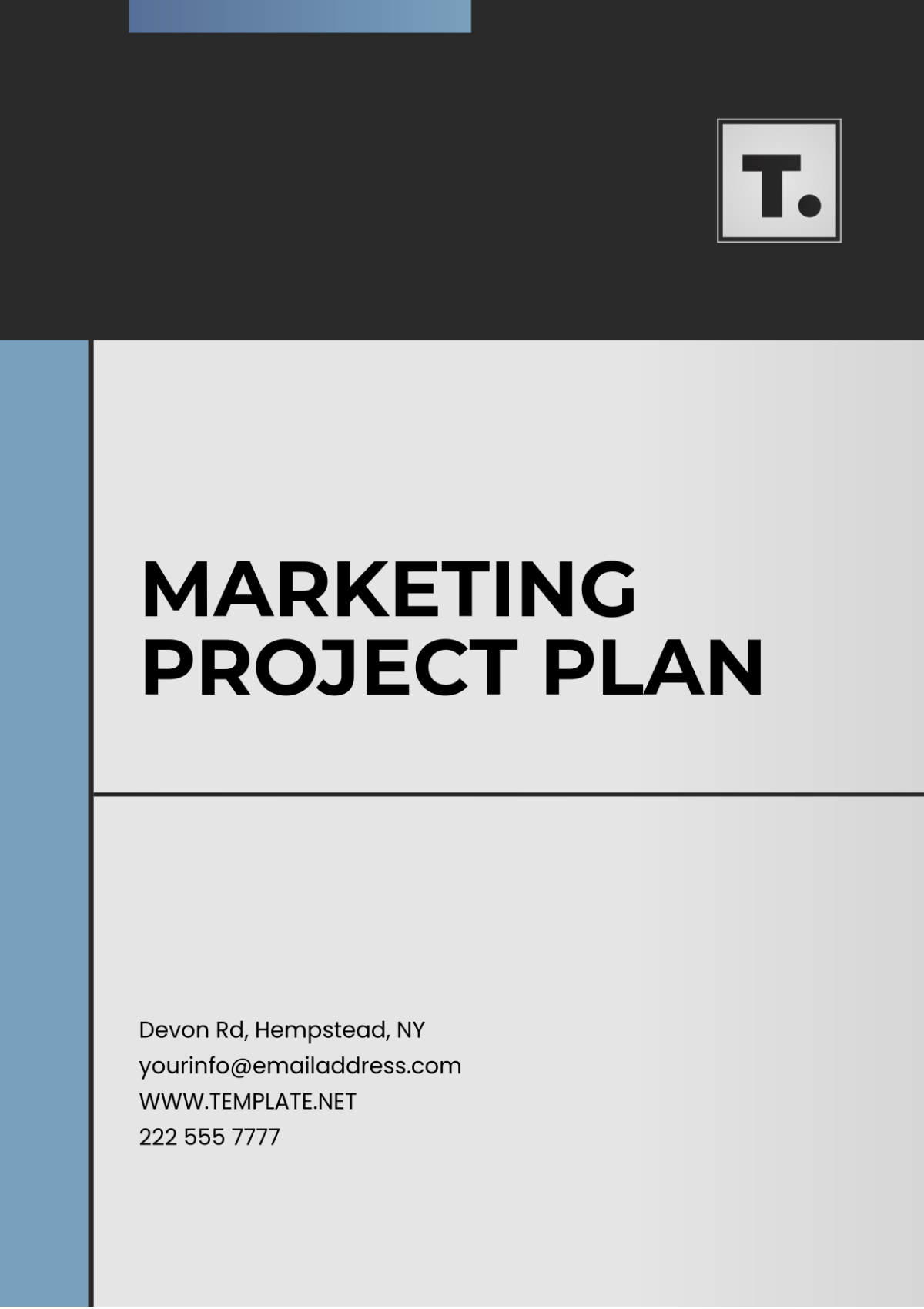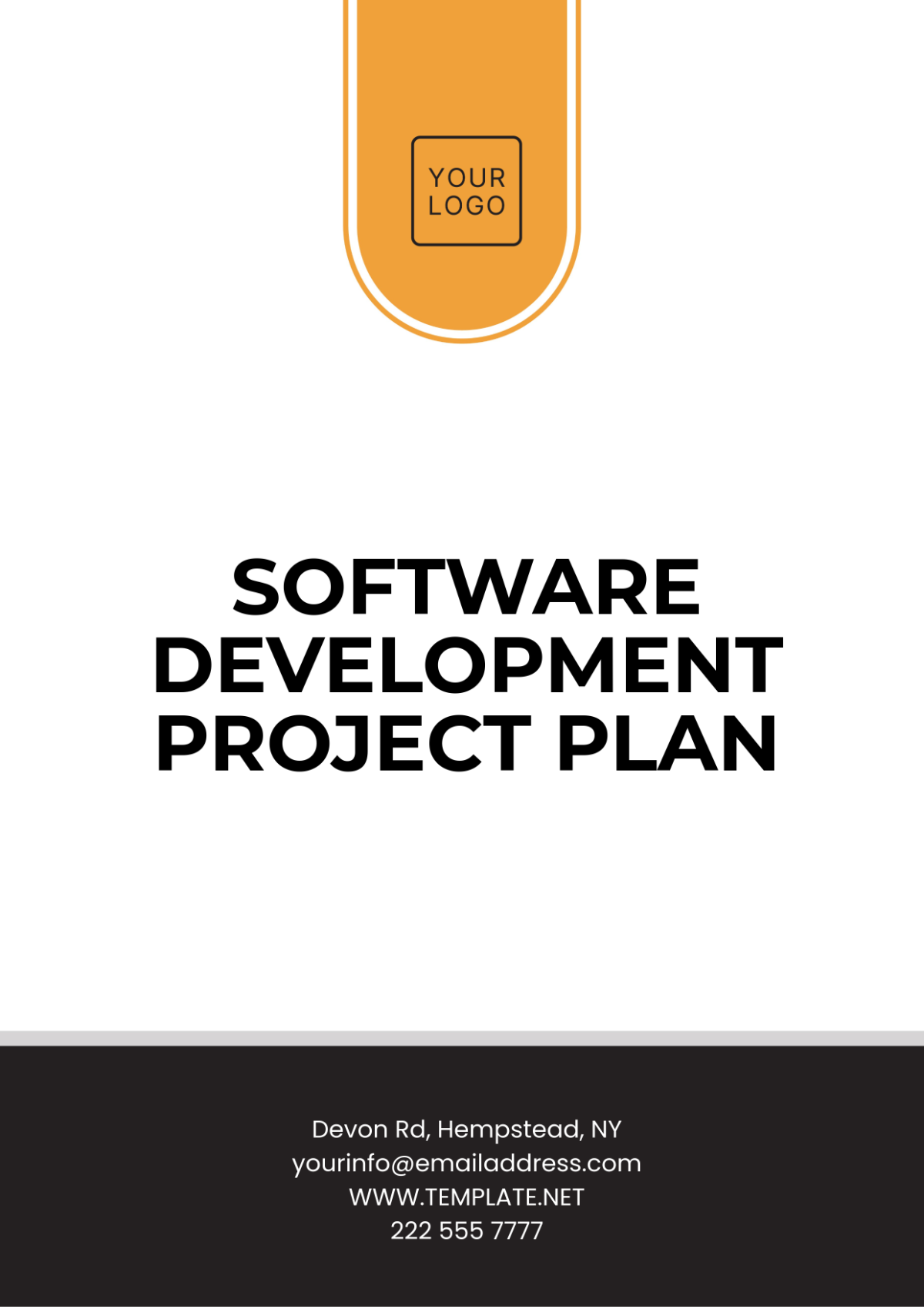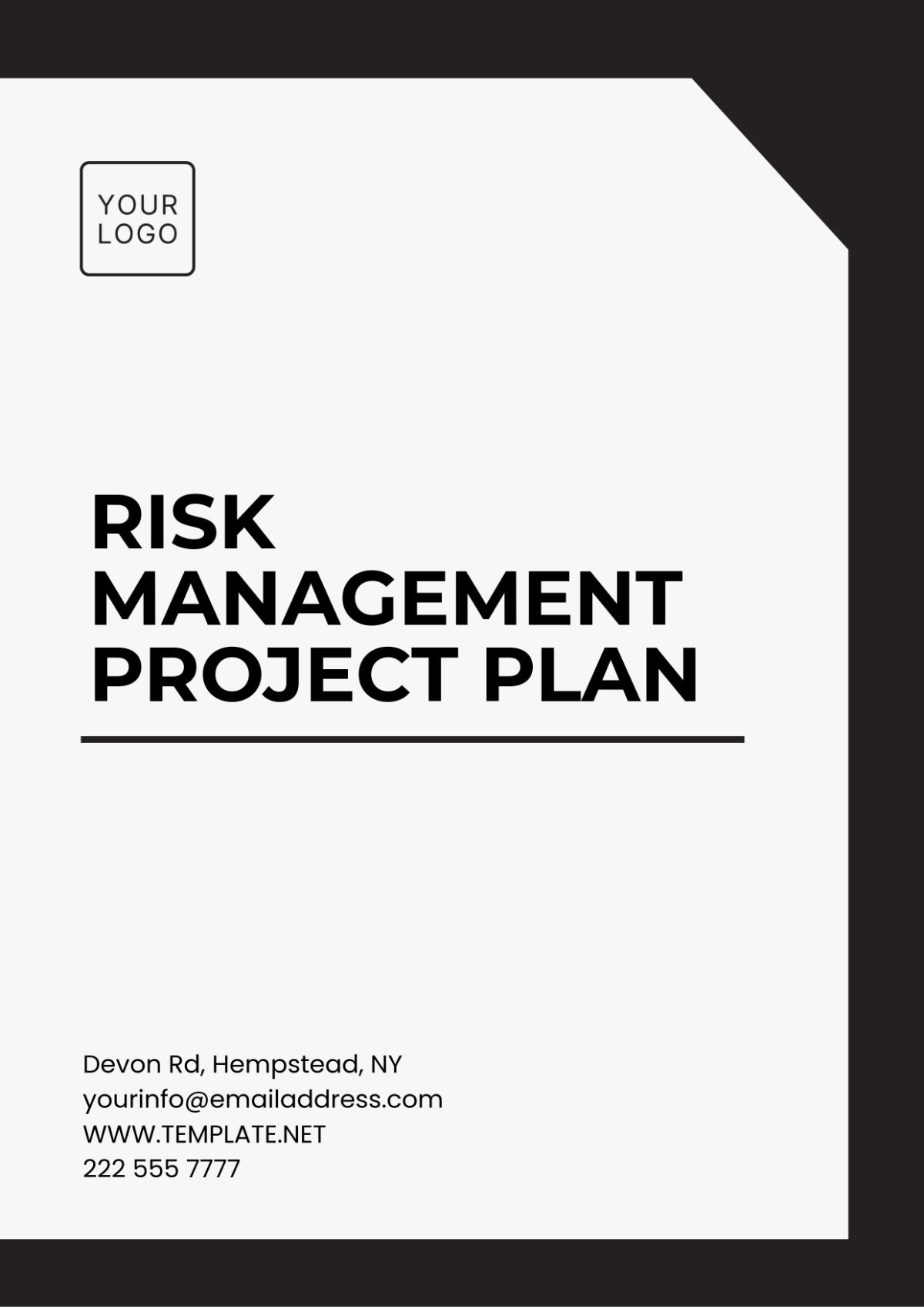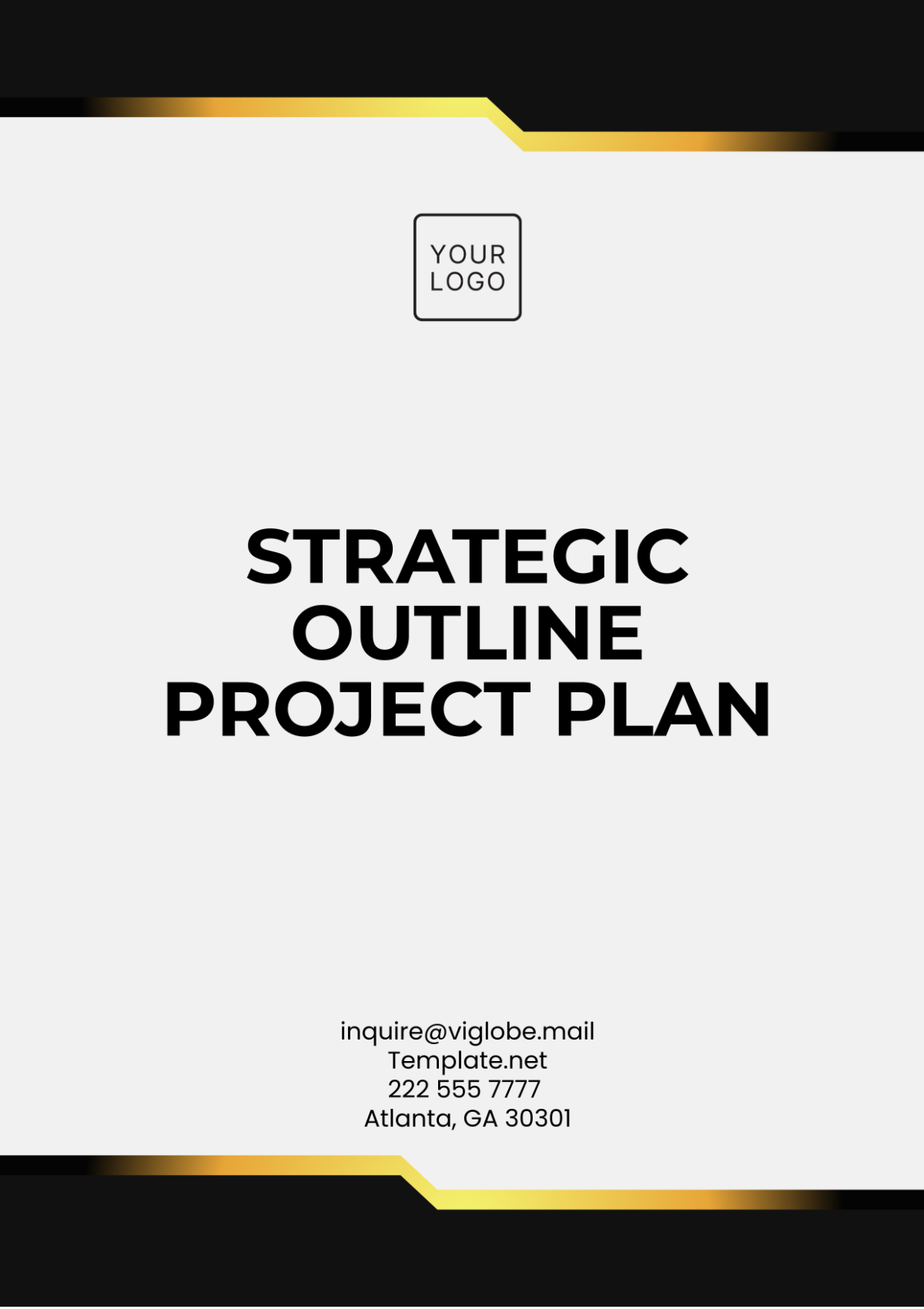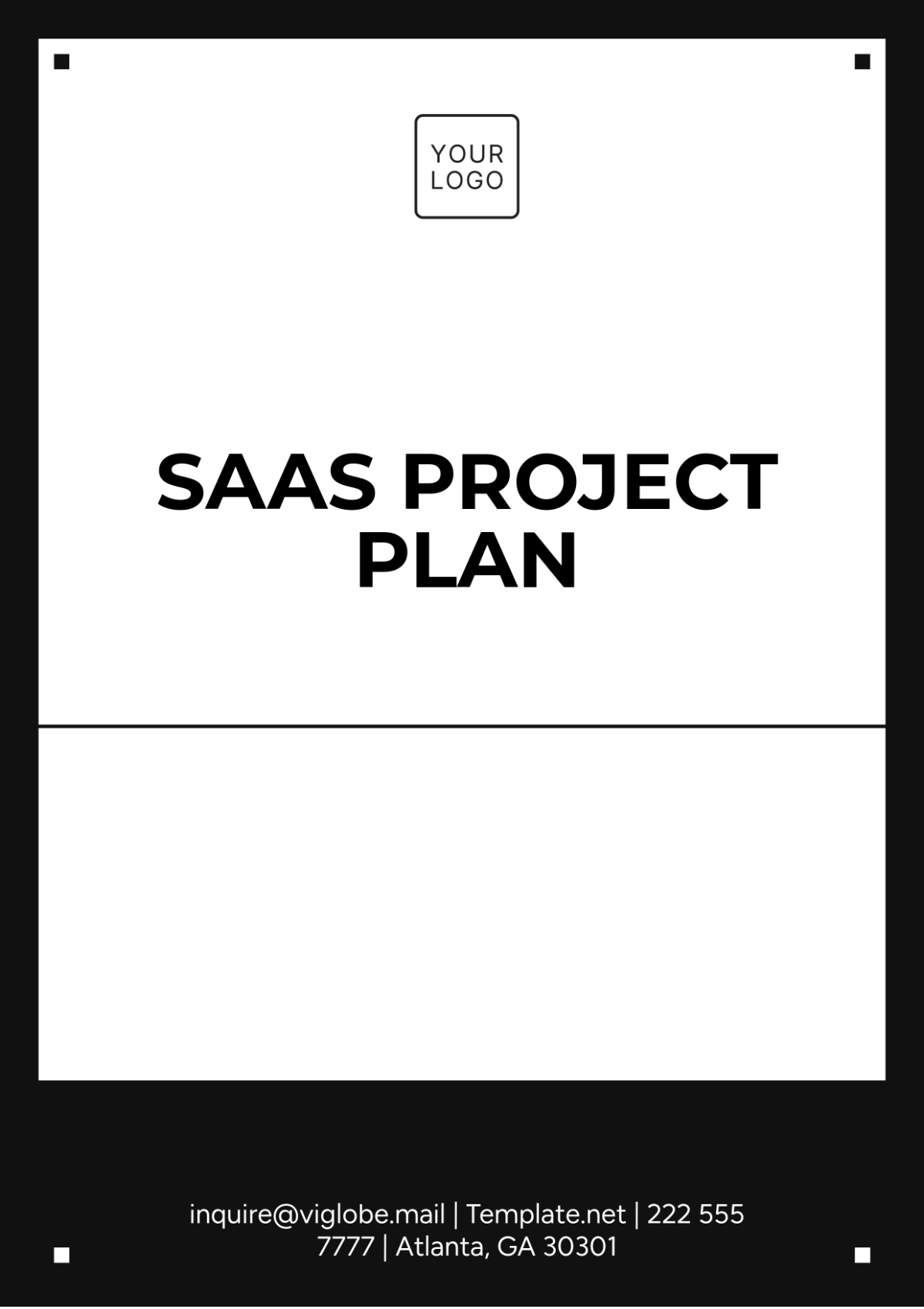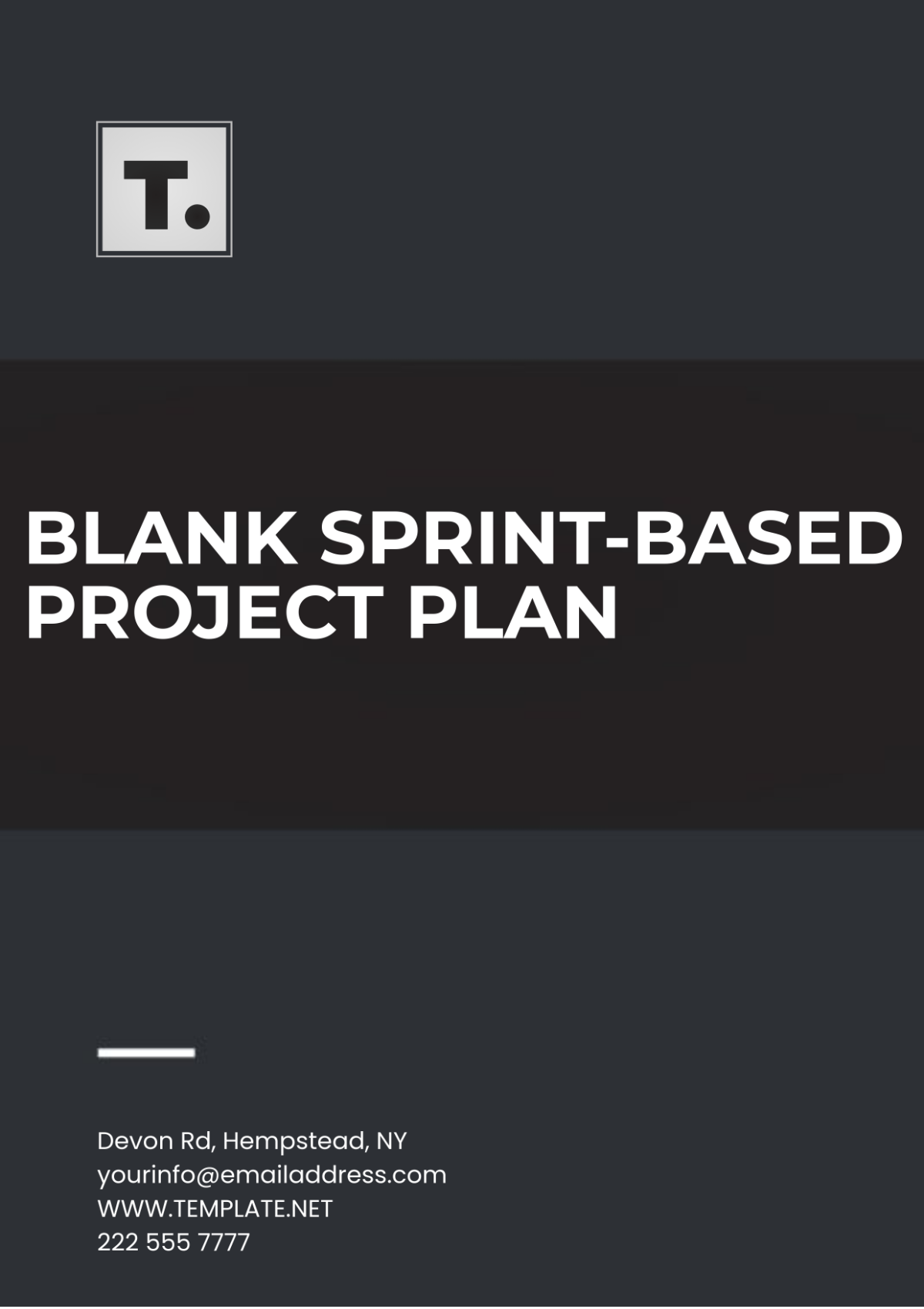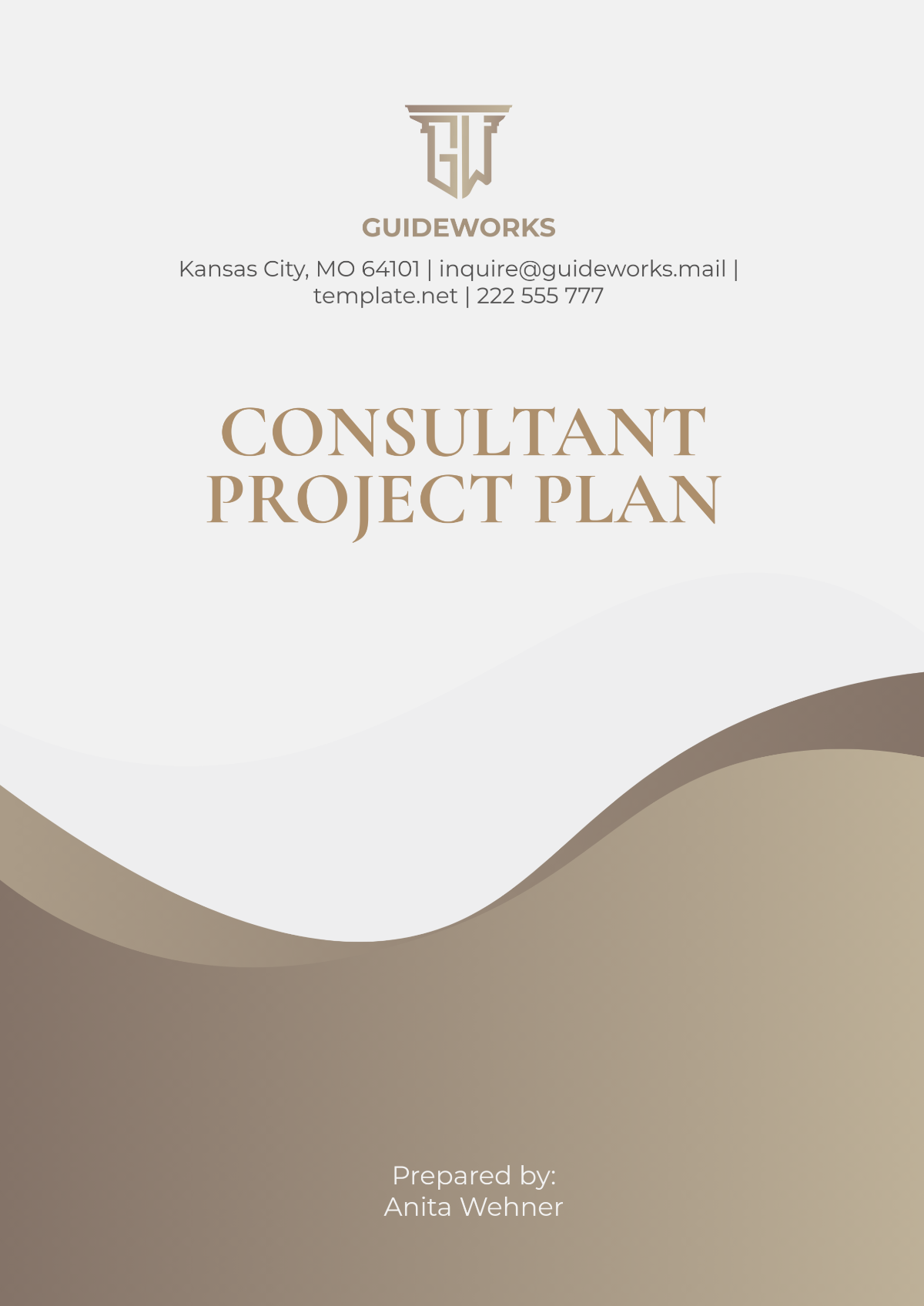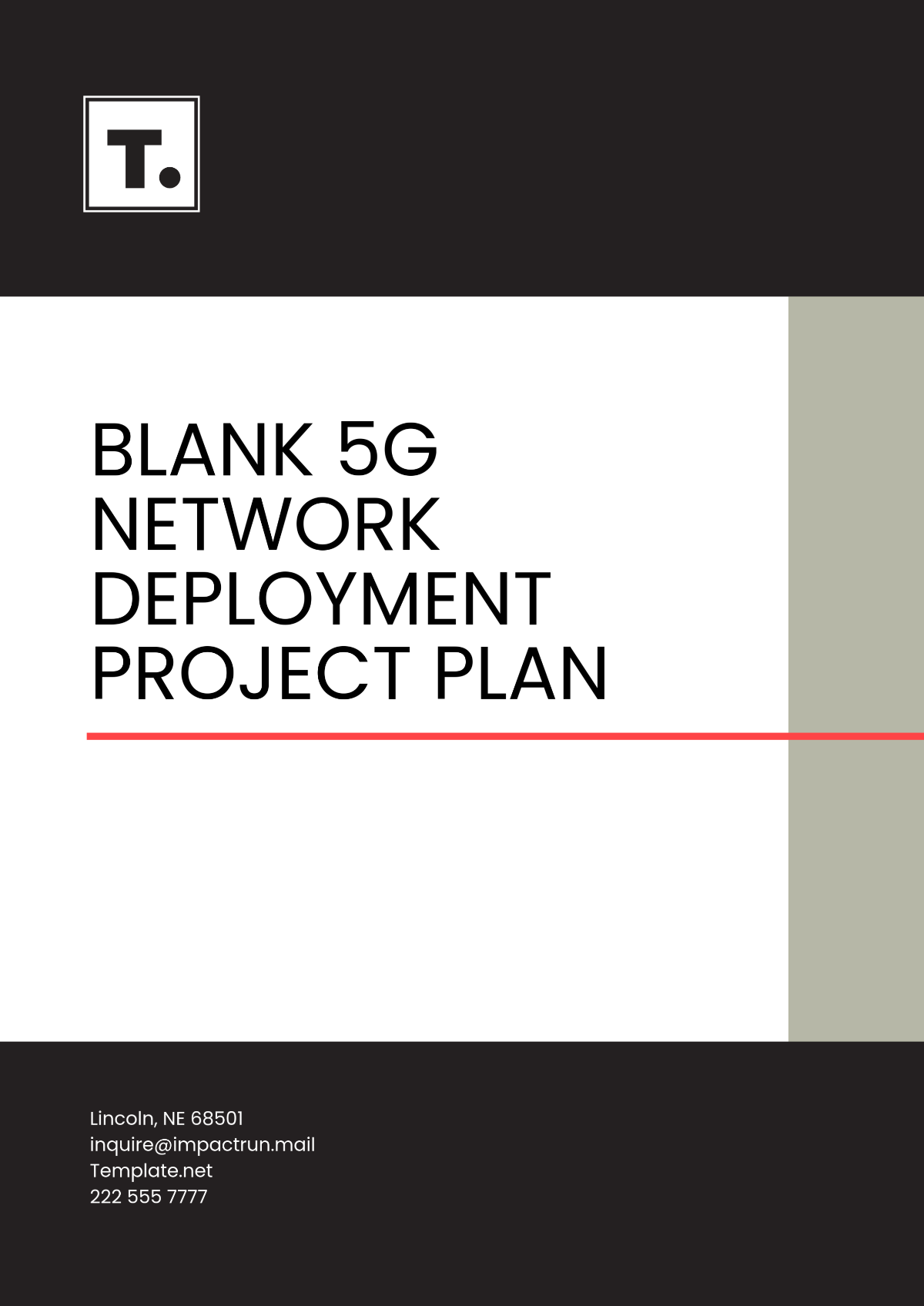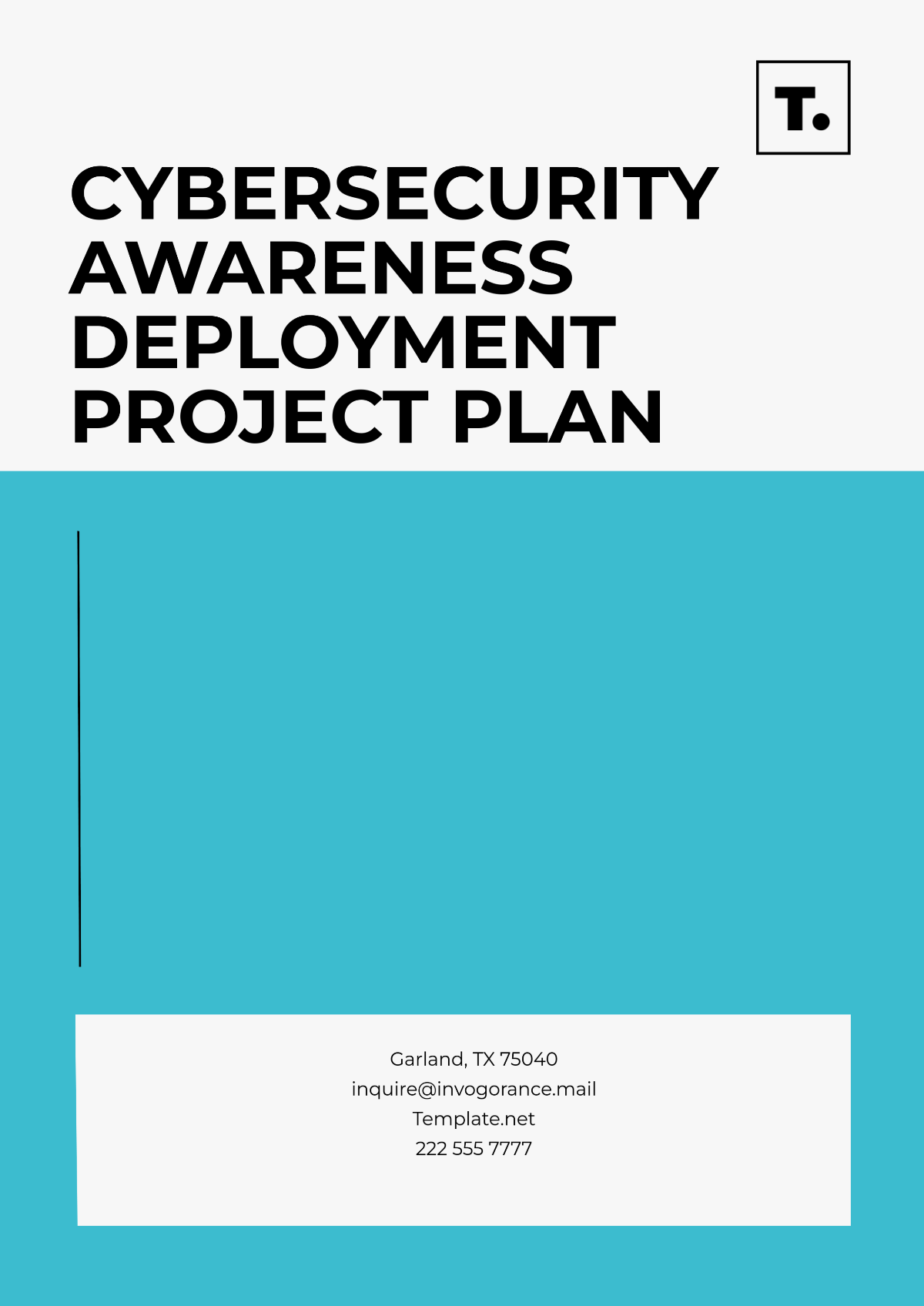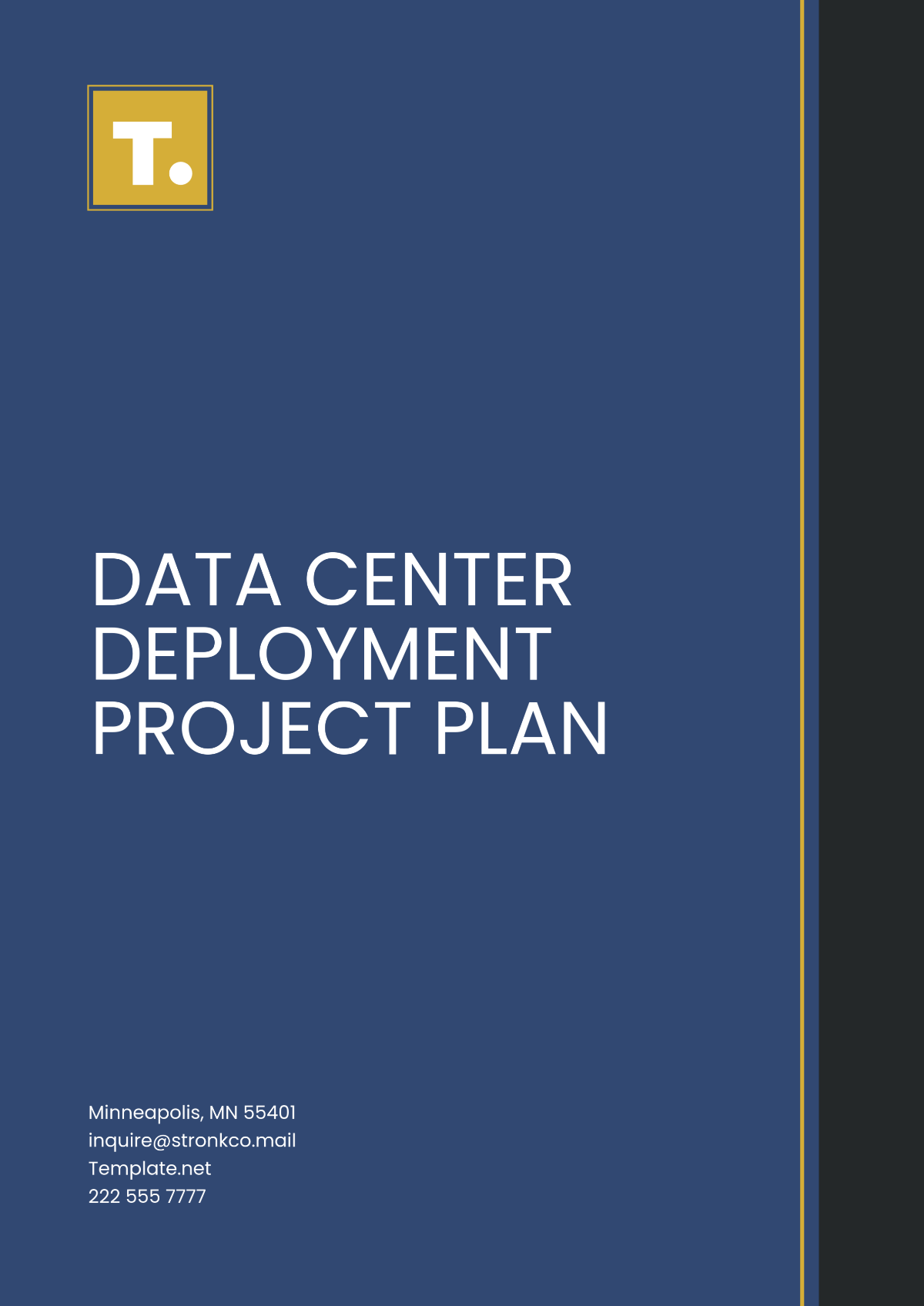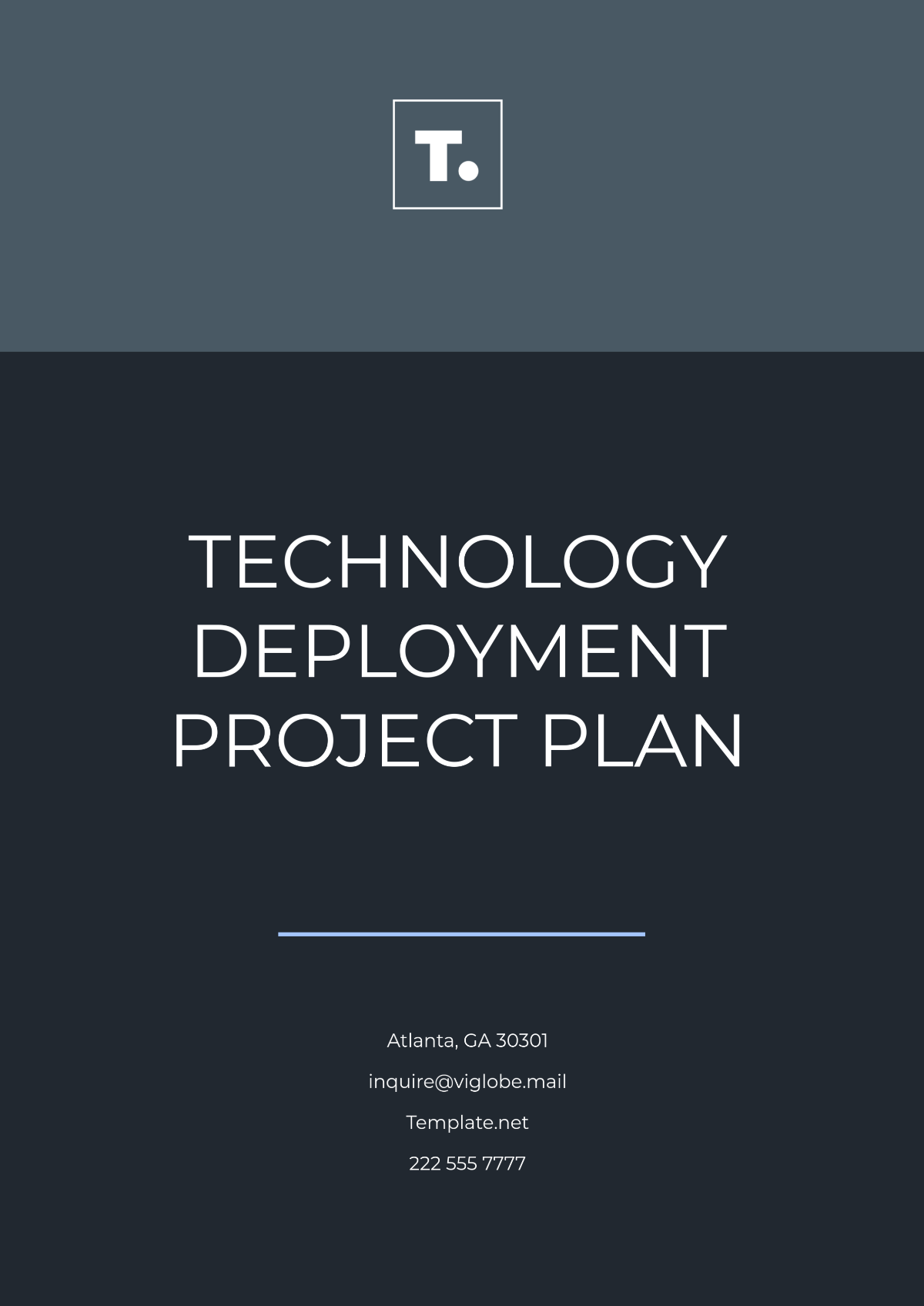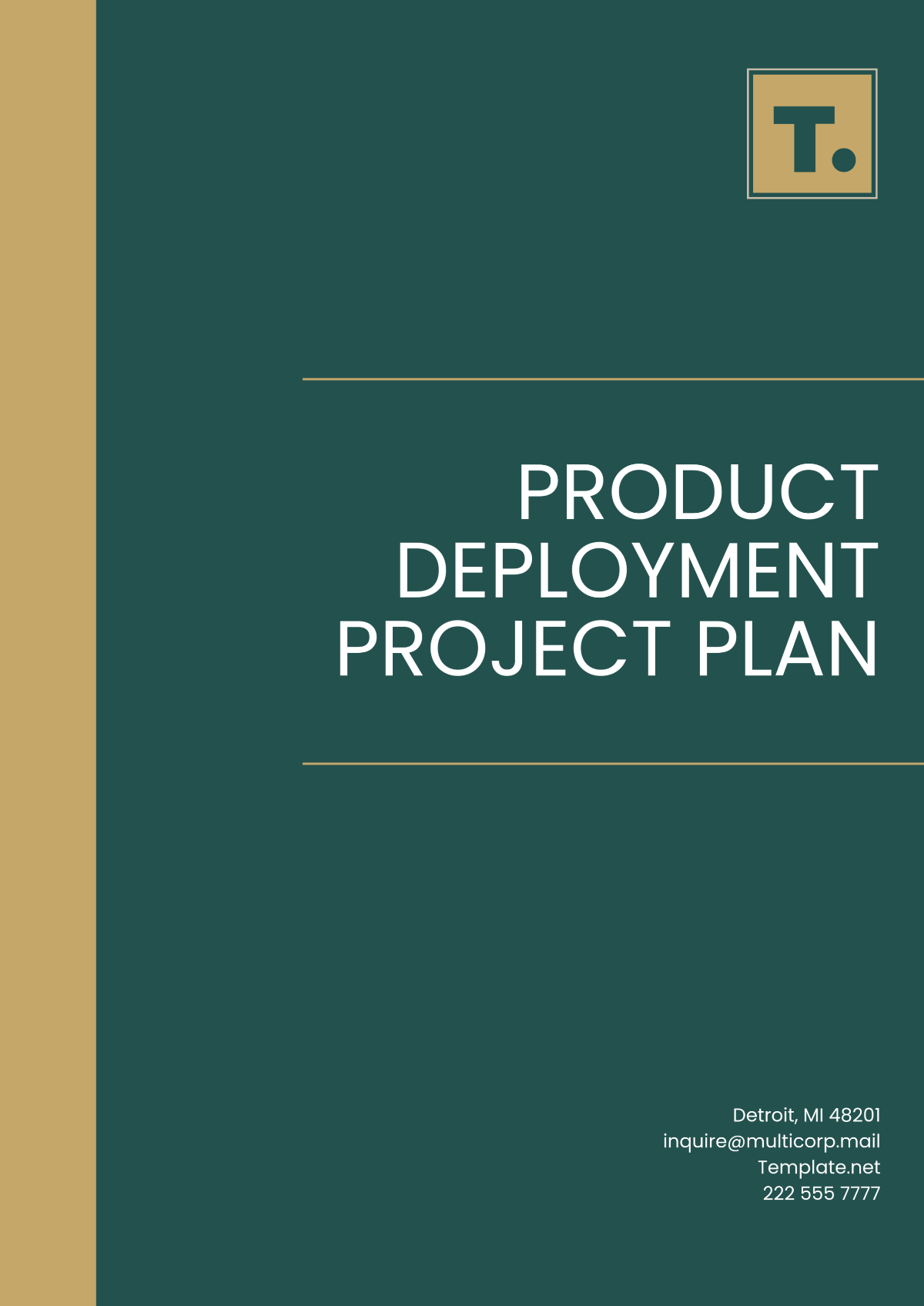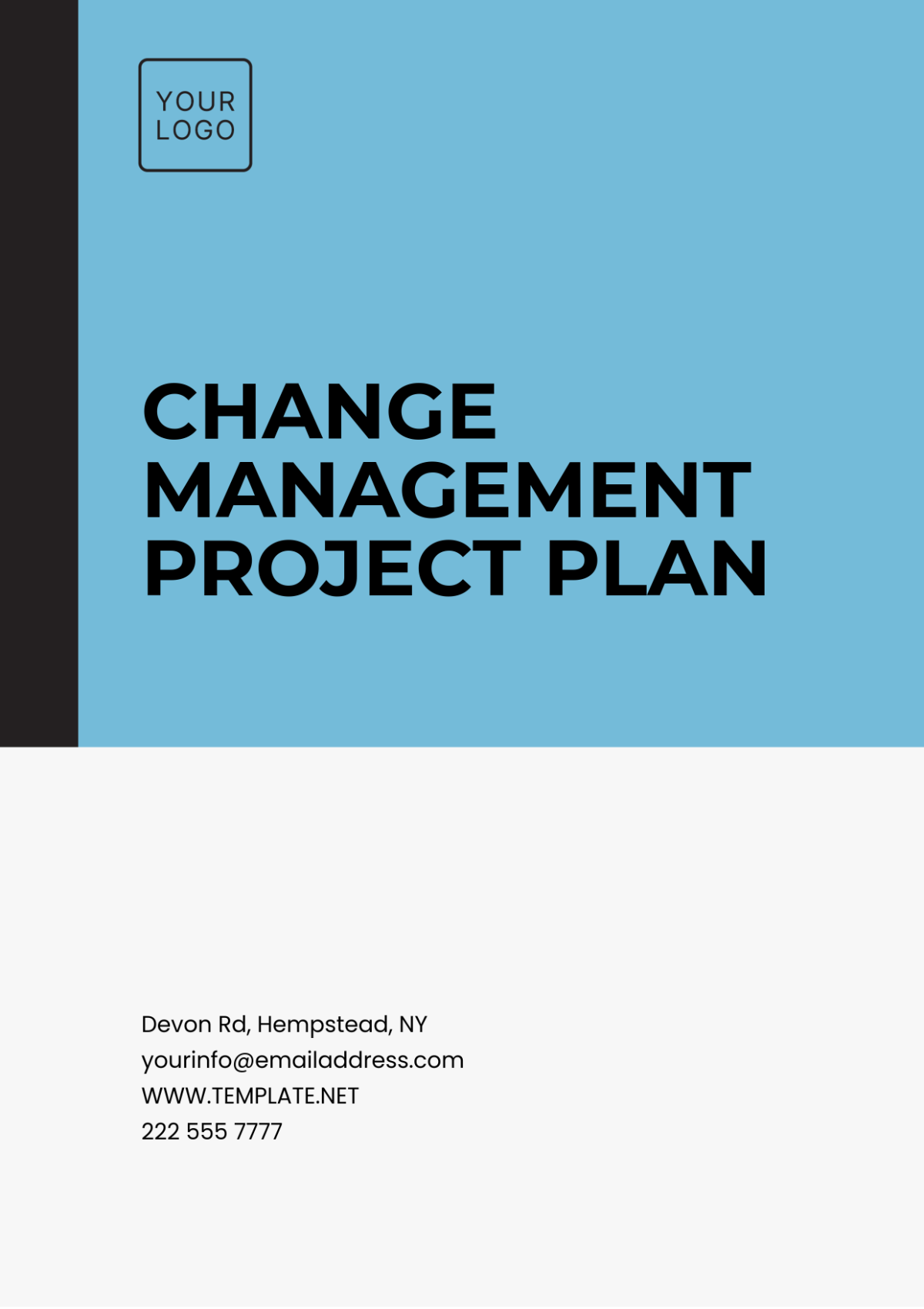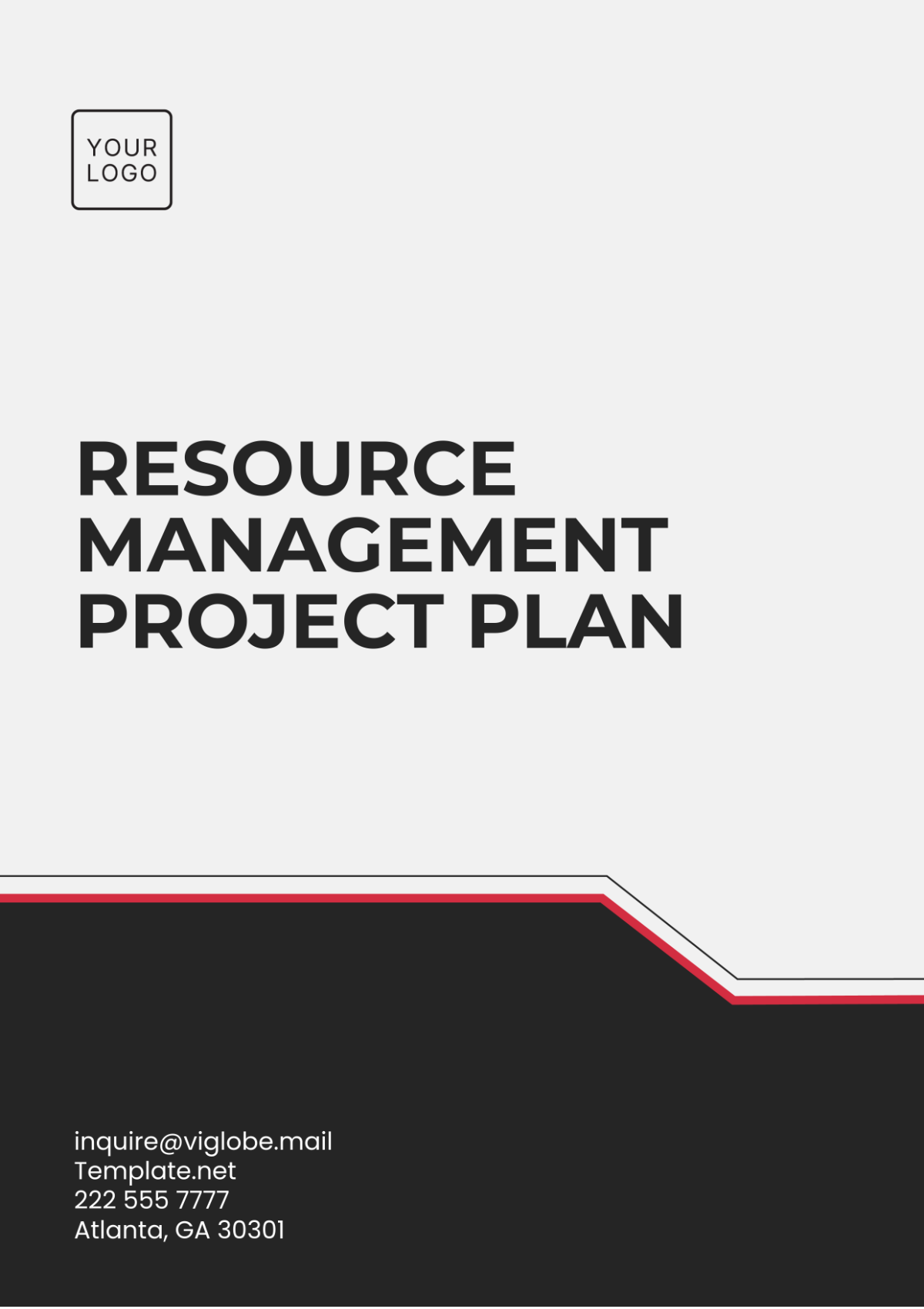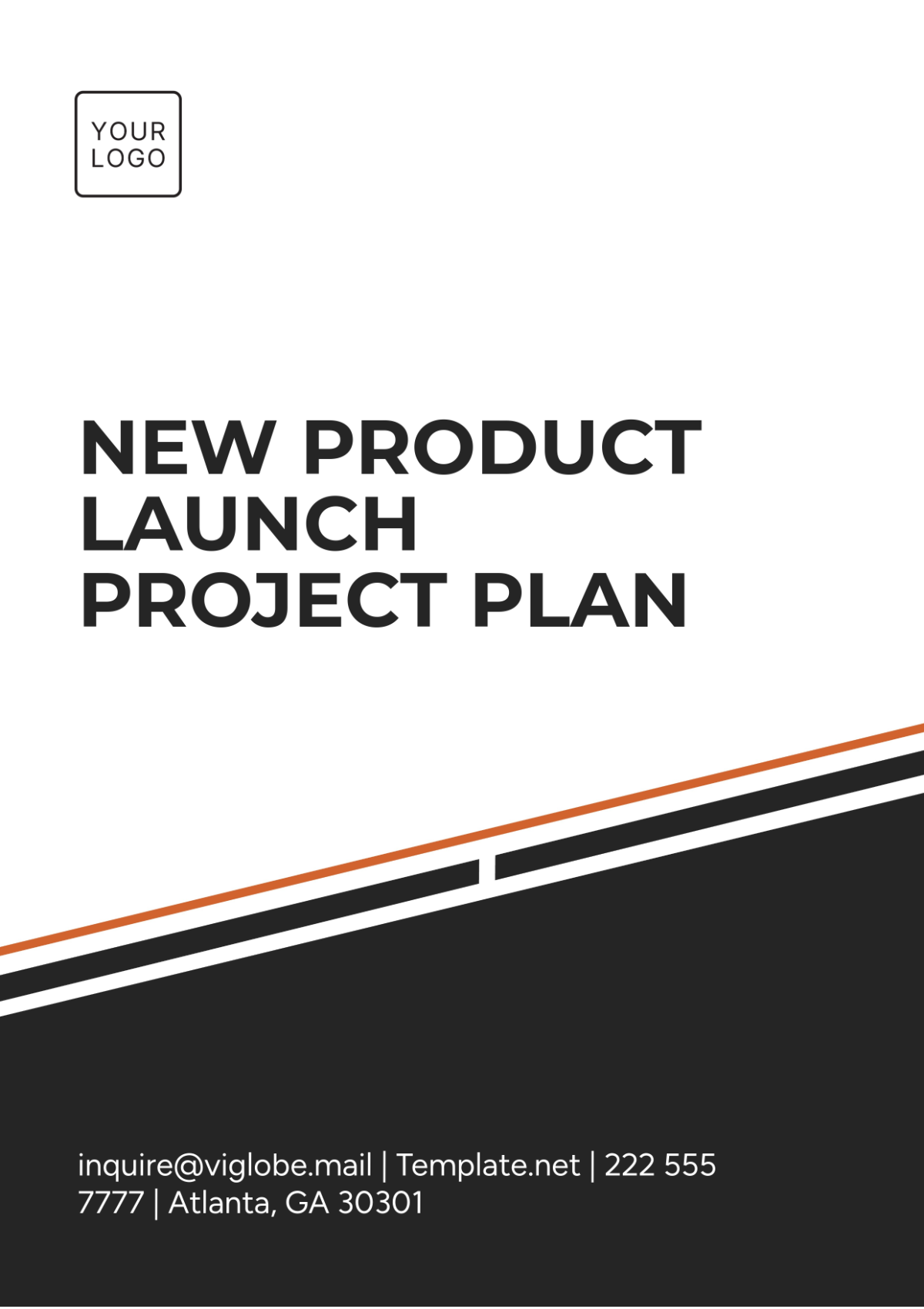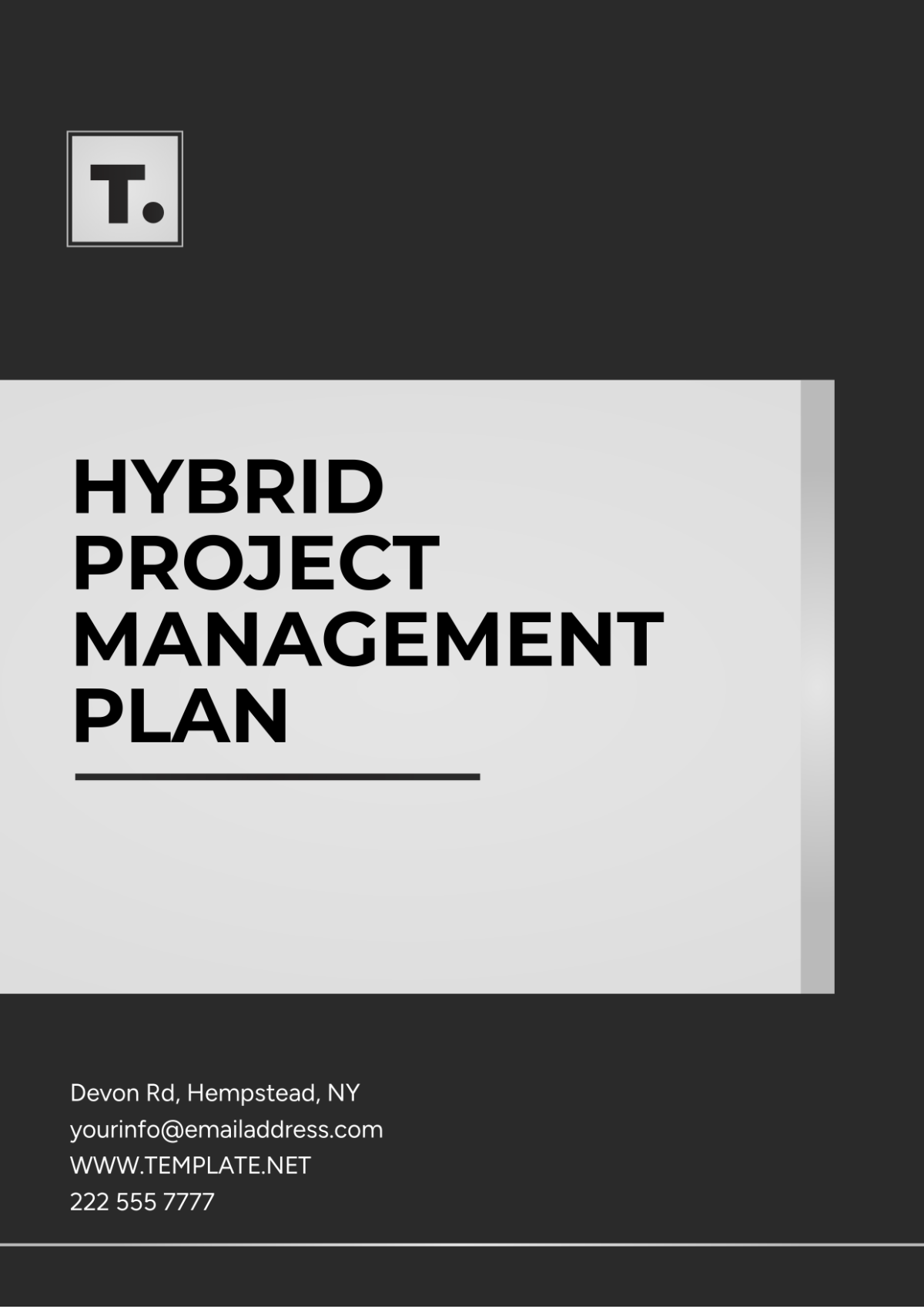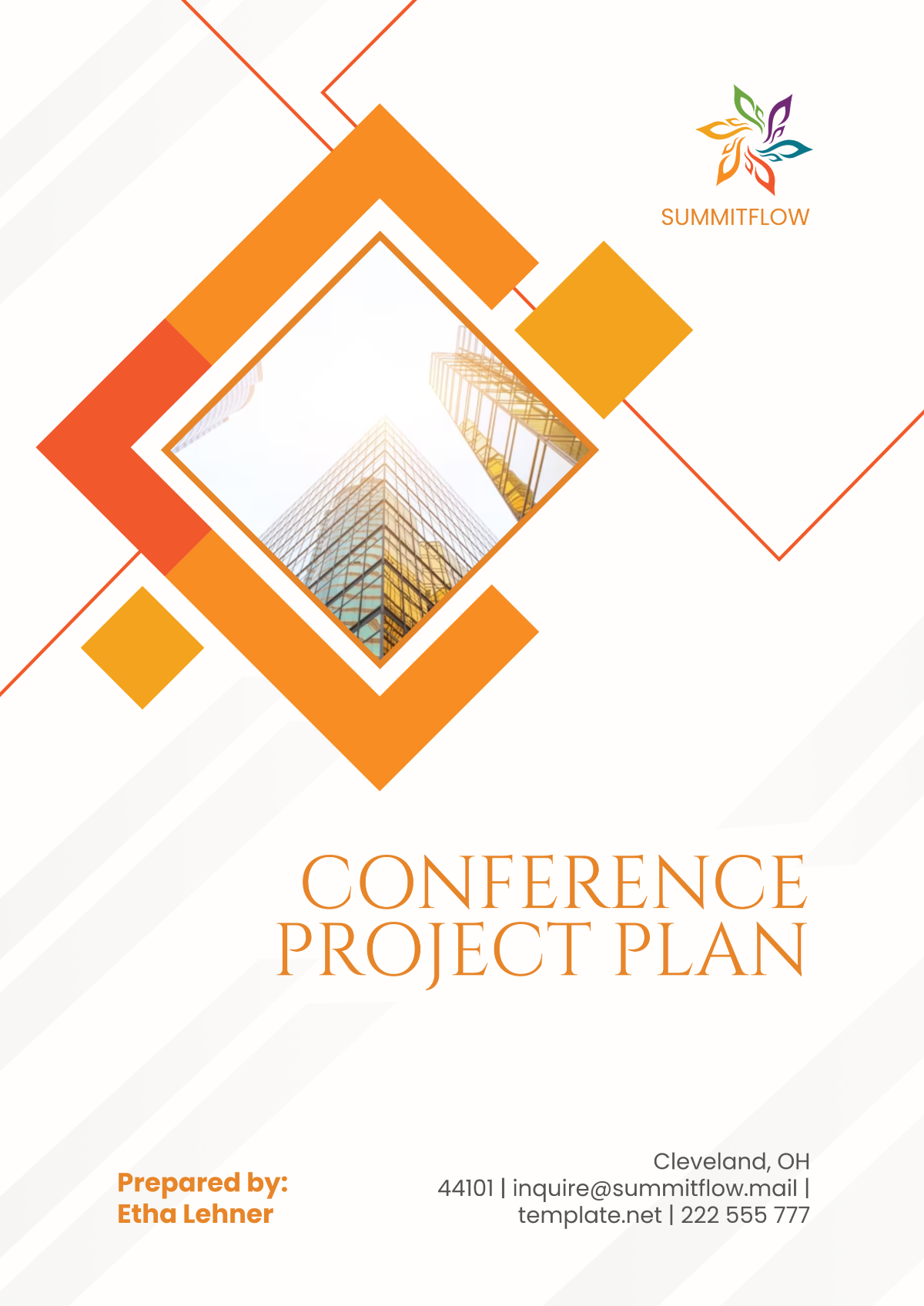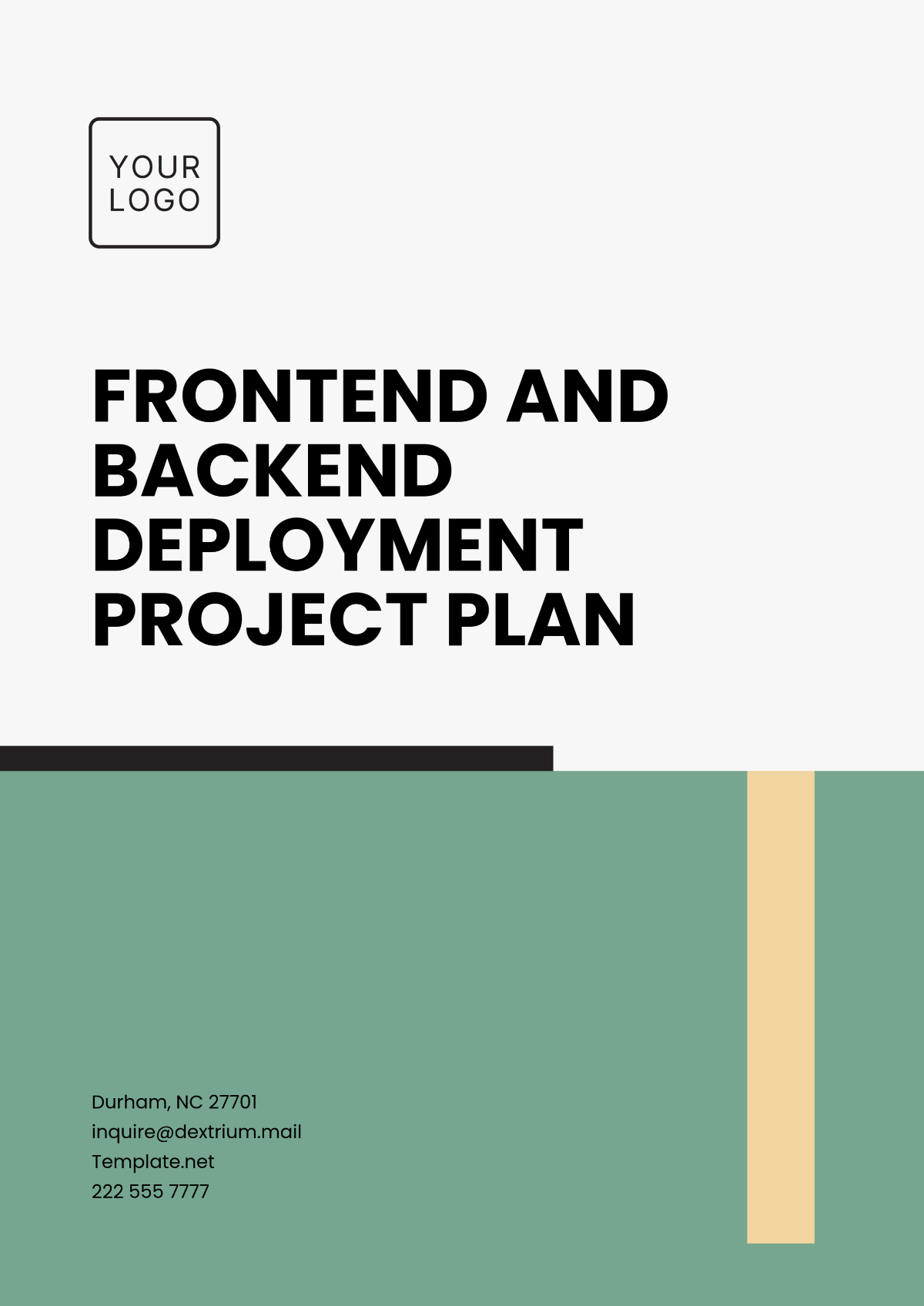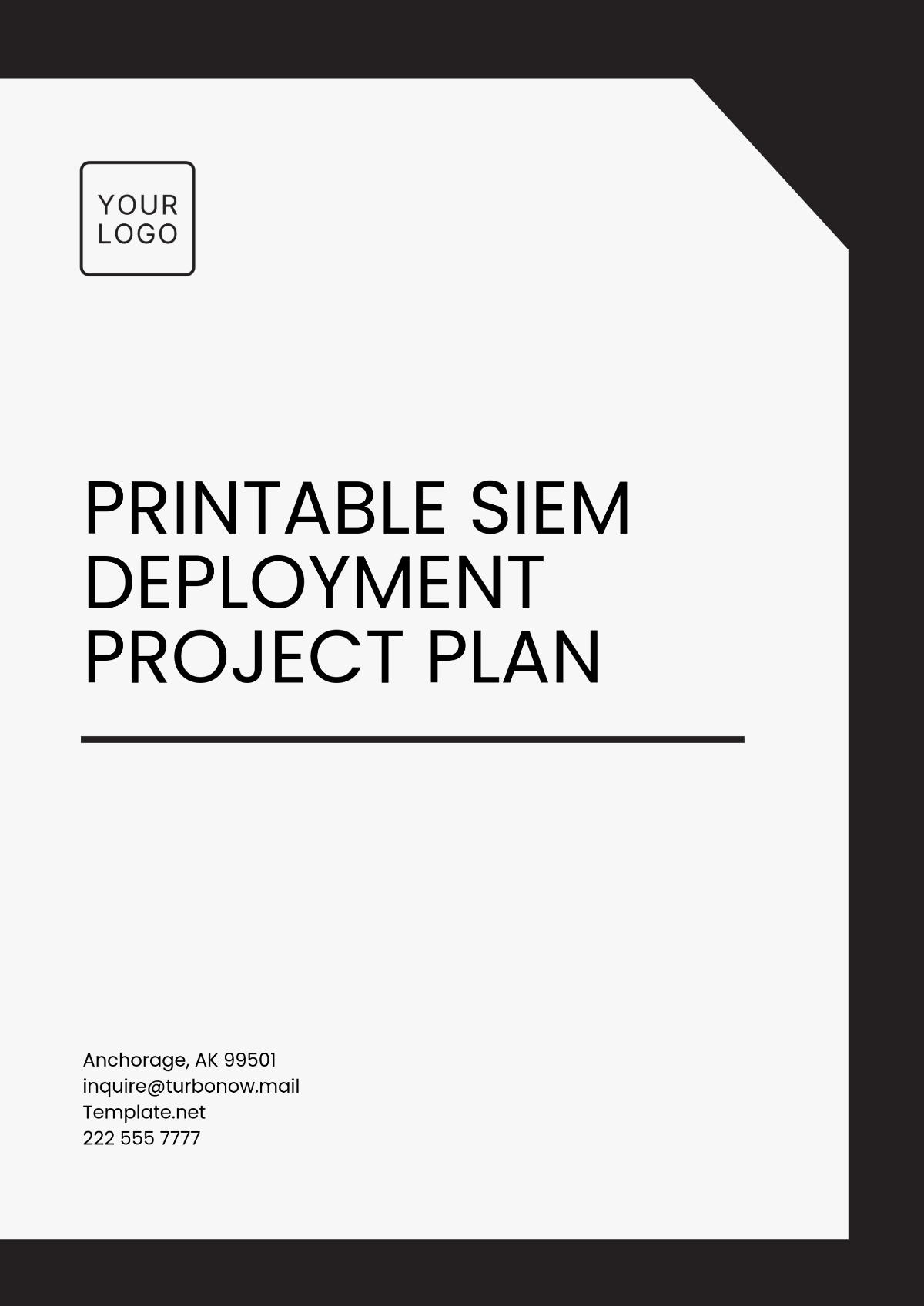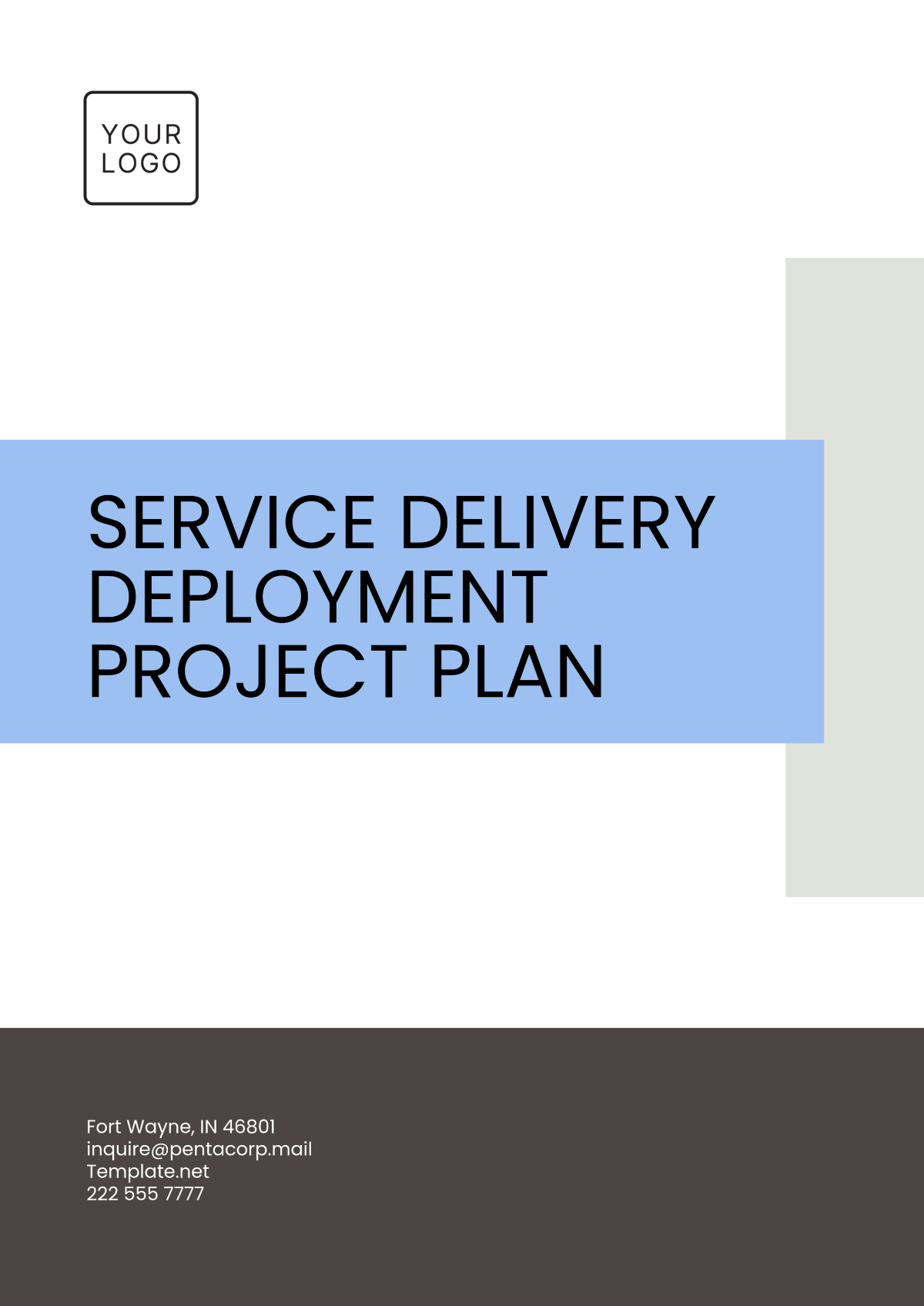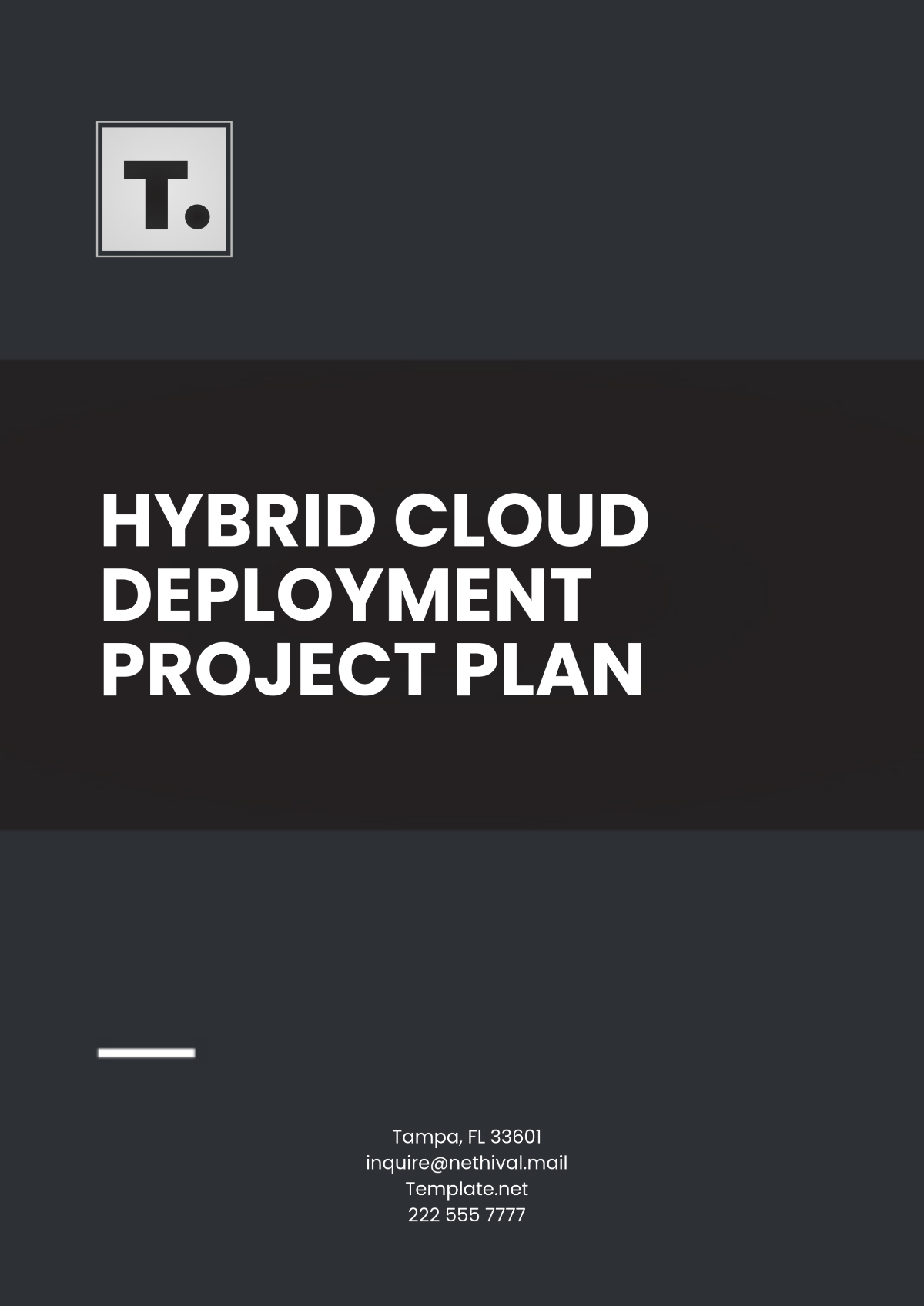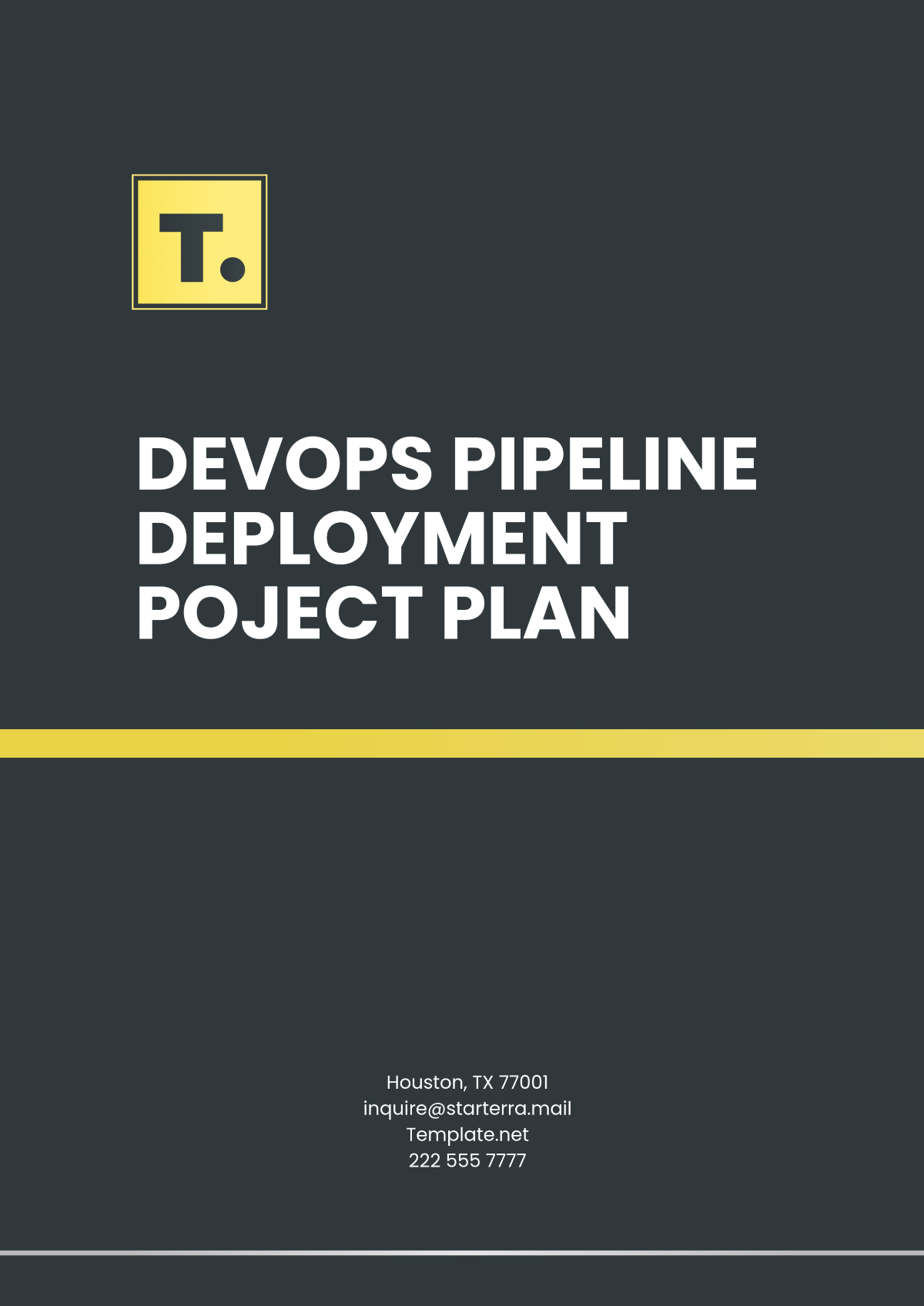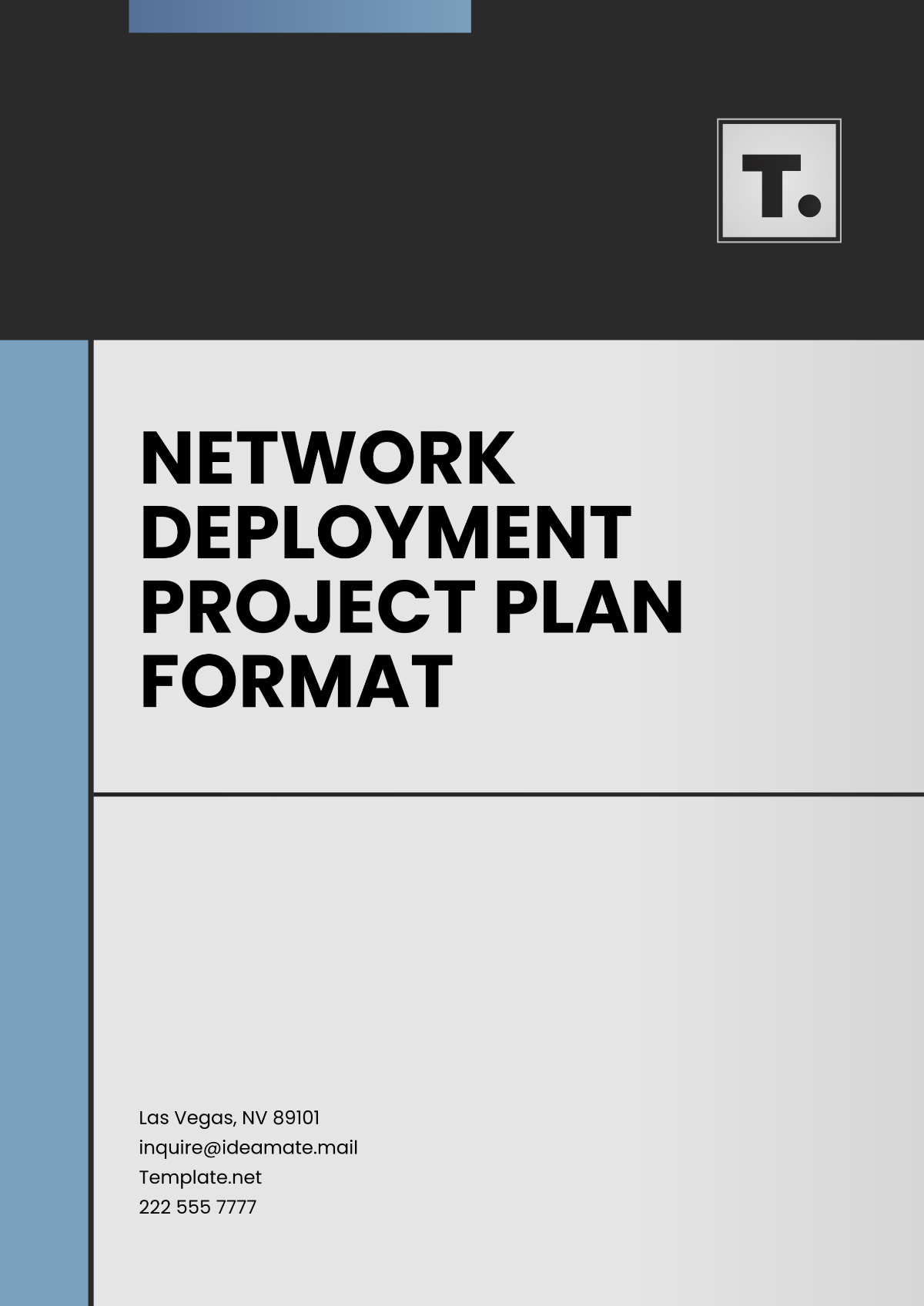Project Specification for IT Enterprise
Prepared By: [Your Name]
I. Introduction
This document provides a detailed project specification for the [Your Company Name] IT Enterprise initiative, aiming to improve technological infrastructure, optimize operations, and encourage innovation within our organization. It includes critical information such as objectives, scope, functional and non-functional requirements, project schedule, and deliverables, serving as a blueprint for the project's development, implementation, and evaluation.
II. Project Objectives
The primary objectives of the IT Enterprise project are:
To modernize the existing IT infrastructure for enhanced performance and reliability.
To integrate advanced cybersecurity measures to protect sensitive data.
To improve operational efficiency through the automation of business processes.
To enable scalable, flexible IT solutions for future business needs.
III. Scope
The scope of the IT Enterprise project encompasses the following areas:
A. Infrastructure Improvement
This includes upgrading the network systems, servers, storage solutions, and other hardware components to support increased workload and ensure high availability.
B. Cybersecurity Enhancement
The project will implement state-of-the-art security protocols, firewall systems, and threat detection mechanisms to guard against cyber threats and data breaches.
C. Process Automation
Integration of software solutions to automate routine tasks and business processes, reducing manual interference and minimizing errors.
D. Scalable IT Solutions
Develop and deploy scalable IT solutions that are capable of growing with the organization’s needs, including cloud-based services and modular software architecture.
IV. Functional Requirements
The following functional requirements are defined for the IT Enterprise project:
A. Network Infrastructure
LAN and WAN setup for high-speed data transfer
Redundant connectivity to ensure uninterrupted service
B. Data Management
Centralized data storage with secure access controls
Automated backup and recovery procedures
C. Cybersecurity
Advanced encryption for data transmission and storage
Real-time threat monitoring and response
D. Application Development
Custom software solutions tailored to business needs
Mobile-friendly applications
V. Non-Functional Requirements
In addition to the functional requirements, the following non-functional requirements must be considered:
A. Reliability
The IT infrastructure should demonstrate high reliability with minimal downtime. Redundant systems and failover mechanisms must be in place to ensure continuous operations.
B. Security
The implemented solutions must adhere to strict security standards to protect against unauthorized access and data breaches. Security audits should be conducted regularly.
C. Usability
All applications and systems should be user-friendly, ensuring minimal training requirements for employees. The user interface should be intuitive and accessible.
D. Performance
The IT systems must deliver optimal performance, handling peak loads efficiently. Response time and throughput should meet the expected service level agreements (SLAs).
VI. Project Schedule
The project schedule is divided into several key milestones, each representing a significant phase in the project development lifecycle:
Milestone | Start Date | End Date |
|---|---|---|
Requirements Analysis | January 1, 2050 | February 15, 2050 |
Design Phase | February 16, 2050 | April 30, 2050 |
Development Phase | May 1, 2050 | August 31, 2050 |
Testing Phase | September 1, 2050 | October 31, 2050 |
Deployment | November 1, 2050 | December 15, 2050 |
Evaluation and Maintenance | December 16, 2050 | Ongoing |
VII. Deliverables
The key deliverables for the IT Enterprise project include:
Detailed requirements document
System design specifications
Source code and compiled applications
Testing and quality assurance reports
User manuals and technical documentation
Deployment scripts and configurations
Final project report
VIII. Conclusion
This project specification establishes a clear framework for the IT Enterprise project, outlining the objectives, scope, requirements, schedule, and deliverables. It is imperative to adhere to the defined specifications to ensure the successful execution and completion of the project. Regular reviews and updates will be conducted to address any changes in requirements or unforeseen challenges, maintaining the project’s alignment with organizational goals.

